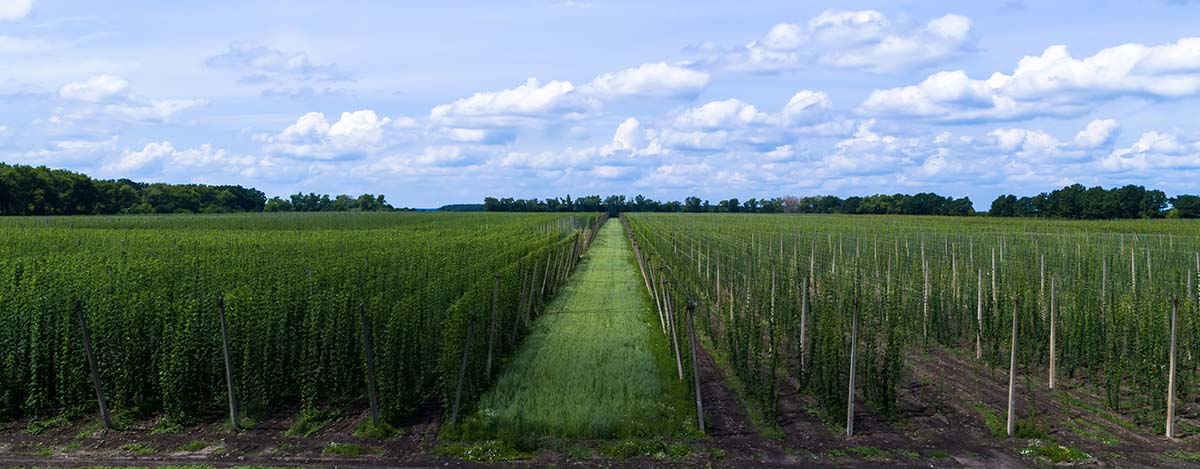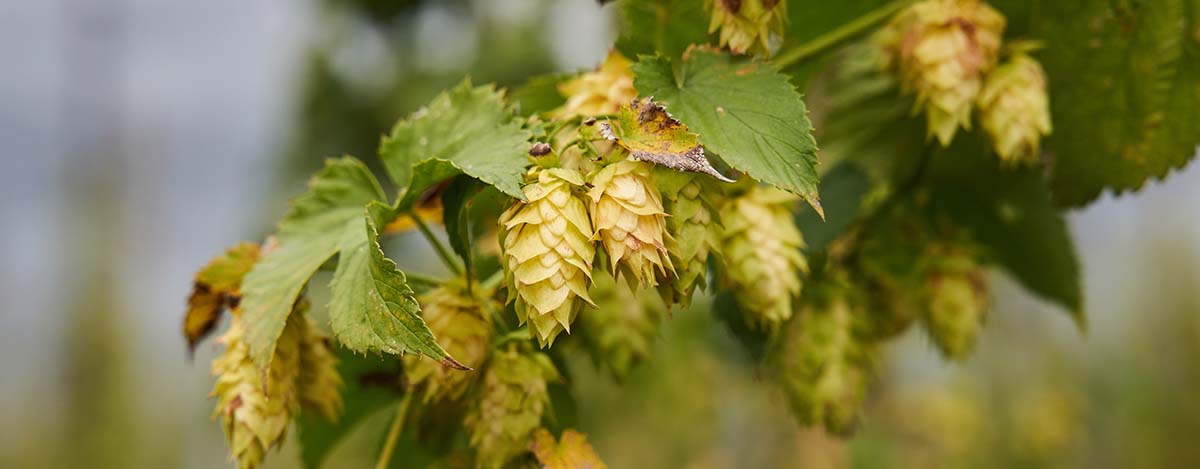If you are planning to brew your own beer, or setup a microbrewery, you can grow your own hops! Hops are a key part of the brewing process. They are responsible for the bitter taste and aroma of beer. There is little reason to drink beer without hops. And, if you thought hops were something you had to buy from your local market, you’re about to be proven wrong.
Let us teach you how to grow hops in your own garden or backyard. Here are the basics of hops cultivation in India. These tips are not from some novice hop grower, but from the best pub brewery plant set up in Gurgaon. Keep reading!
Basics Of The Hops Crop?
Scientific Name: Humulus lupulus, a member of the Cannabaceae family
Common Names: Hop shoots or Hop cones
Why add hop to your beer? – Gives your beer a bitter taste and aroma, while acting as a stabilizing agent in beer brewing
Growing hops requires a good grasp of gardening. You need to provide it with the right nutrients and water to grow to its full height and produce high-quality hops. Hops also need to be grown in the right climate, which is why they are mostly grown in the Pacific Northwest of the US and Canada.
That doesn’t mean that there are no hops cultivation in India. In fact, it is one of the most commercially grown crops in many parts of our country.
Choosing The Right Hop Cultivars
To select the type of hop to grow, first determine what type you would like. Then research what is available in your area and how the aroma of that variety will complement the type of beer you are making. You may also want to research the hop varieties that are indigenous to your area and their growing conditions to determine the best hop for the beer style you are making. There is a plenty of research data available related to hop cultivation in India.
Nugget, Citra, Galaxy – these are the most popular and modern hops. Nugget is commonly found in light-colored beer and is often favored for its bright, citrusy hop profile. Galaxy is an old-fashioned hop that is used in older beers. Citra has a clean, citrusy aroma that is reminiscent of grapefruit but with a unique twist- a light, floral citrus aroma.
Aroma hops are used less than bittering hops but provide more prominent aroma. These hops are usually used for top-fermented beers. Aromas can vary from subtle to extremely high. Some aroma hops have citrus and floral notes while others are more earthy.
Choosing The Right Area For Hop Cultivation
Hop cultivation in India is done on a variety of soil types, including clay, but are best cultivated in well-drained, loamy soil. The best place to grow hops is in well-drained soil with a pH of 6.0 to 8.0. If your soil has drainage issues, you can build raised beds for planting. This will allow for better drainage and aeration of the soil, which are both beneficial for growing hops. Hops do not require a lot of fertilizer, but they do need good soil.
Mixing different hop varieties provides a nice assortment of flavor, aroma, and color. Each variety will have its own unique characteristics, so you should choose a variety that is best suited to the unique characteristics of your local beer styles. For example, if you are making an IPA and would like a citrusy aroma, you can use a variety of the Citra hop to achieve this.
Installing the supports for the vines is an important step in growing hops. The supports help the vines to grow upward instead of sprawling all over the place. They also allow air to circulate under the vines, which is beneficial for the hops.
When To Plant Hop Rhizomes?
There are plenty of resources available for hops cultivation in India. These days, one can even order hop rhizomes from online stores. Soak the rhizomes for a week in warm water. Remove the rhizomes from the water and plant them in a container with perlite or vermiculite, and keep them moist. In a few weeks, the rhizome should be growing. When the rhizomes are about 3 inches long, they are ready to transplant.
Hops should be planted in 3-4 weeks after you have transplanted your rhizomes to the soil. They should be watered regularly until the hop plants have 10 to 15 leaves and are about 3 inches tall, then you can transplant them into the ground. As with all other plants, it is important to water them regularly, and to keep the soil moist.
When To Prune Hop Rhizomes?
Since hop cultivation in India is still in its nascent stage, you can call in a professional arborist to help you decide on when to prune or if pruning is even necessary. Most arborists recommend waiting until after the buds form on a hop plant. This will allow the plant to continue to grow and produce.
Pruning before sprouting prevents the hop shoots from being crowded and limits the amount of foliage produced. A spray of fertilizer just before or during the sprouting phase of the hop plant is another important consideration.
When Should You Harvest Your Hops?
Hop cultivation in India is usually completed by the end of summer. Harvesting should be done as soon as you see the seed cones becoming darker in color. This means that the plant is no longer lush and some of the seed cones are beginning to brown a bit. This is a signal that the plant is ready to harvest.
You can check to see if the hop cones are still green and lush, or have started to brown. Once they turn brown and the bines start falling off from the cones, it’s time to harvest.
How To Dry And Store The Harvested Hops?
The best way to store hops is to dry them in a food dehydrator, which allows you to dry them slowly and evenly, without the risk of any oil from frying. Dehydrated hops can also be stored in an airtight container or bag, along with silica gel, at room temperature or in the refrigerator.
How To Use Hops While Brewing Beer?
As you begin brewing your own beer, use homegrown hops in smaller quantities, along with store bought hops, until you find the perfect combination. Then, you can use more homegrown hops in the recipe. This allows you to experiment and find the hops that work best for the beer you are brewing.
Hops are easy to grow and let no one tell you otherwise. Having your own homegrown hop allows you to experiment with different flavors and aromas for your craft beer. Use homegrown hops to provide a unique, one-of-a-kind flavor that you can’t get in the store. Considering the benefits, the time investment, and the hassle of growing hops, it is unlikely that this activity will ever become a lark for most home brewers.
So try your hands at hop cultivation and start preparing for your signature brew today! Call us for any questions you have regarding hop cultivation in India. Get first-hand assistance from the best pub brewery plant set up in Gurgaon!









